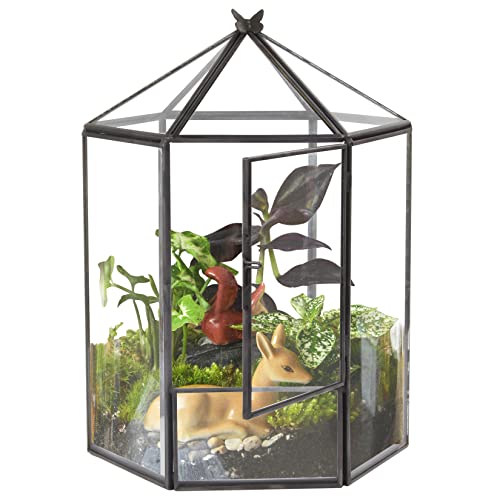@All About Insects Well I see from your real name on the blog I was right to accept the Facebook friend request the other day, I couldn't place the name for nothing but saw some "bug" posts by Joshua so I approved it anyway.

Yeah I find only 10-20% Porcellio scaber species when I collect isopods myself - not tons. Interesting enough though many are a nice orange or calico/variegated color naturally around here.

The most common species I find in my area is Armadillidium nasatum about 70% of the time, and the Armadillidium vulgare rounding out the rest.
Some very nice species finds you got, and best of luck cultivating them. If you haven't done so already you should pick up the isopod books from
Orin, as he discusses cultivating isopod strains and how to do it (and more importantly some things to avoid). I went cheap originally and got the smaller
Isopods in Captivity book (which talks some about it), but I really should get the expanded version
Pillbugs And Other Isopods for more details - and would recommend you do the same if you get one.
The Porcellio spinicornis look great (especially the white ones of course), and one I haven't found yet myself. I see you add ventilation holes in your isopod cultures/colonies, I'm curious do you find it helps or what is the reasoning? I avoid any openings with mine for more humidity, and when I feed or mist them with water, the air gets exchanged then and no problems in the last few years.
I did find a few pictures to show off, the first is my typical haul from about 4 hours work there was about 800 isopods in there (all from my small city lot's backyard). The second photo was the first and only Iridovirus infected specimen I've ever found/seen (I caught it 10-29-16 and is still in my colony somewhere), it was completely a bright blue but only the bottom showed up well with my camera (but it wouldn't hold still for decent photos).
View attachment 8542
View attachment 8543














































